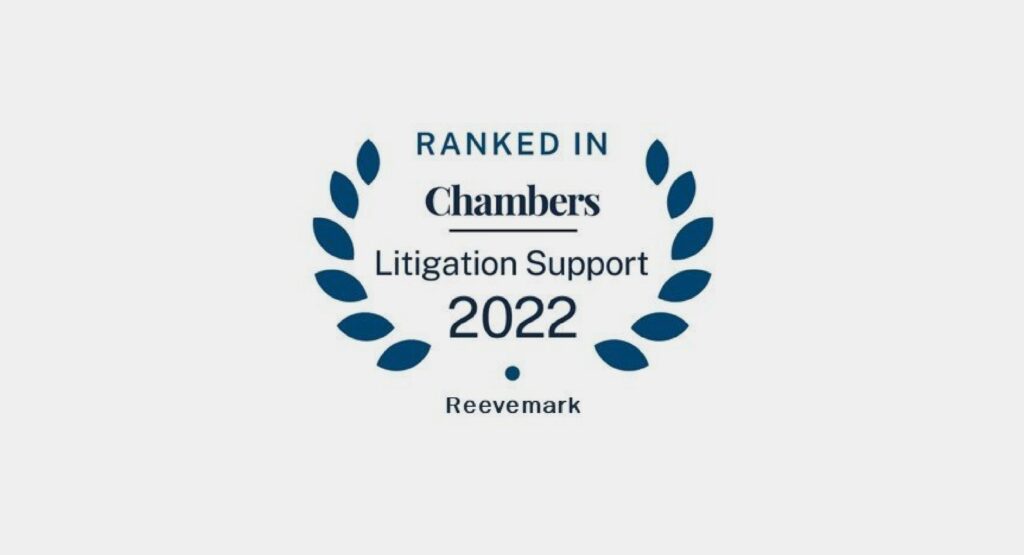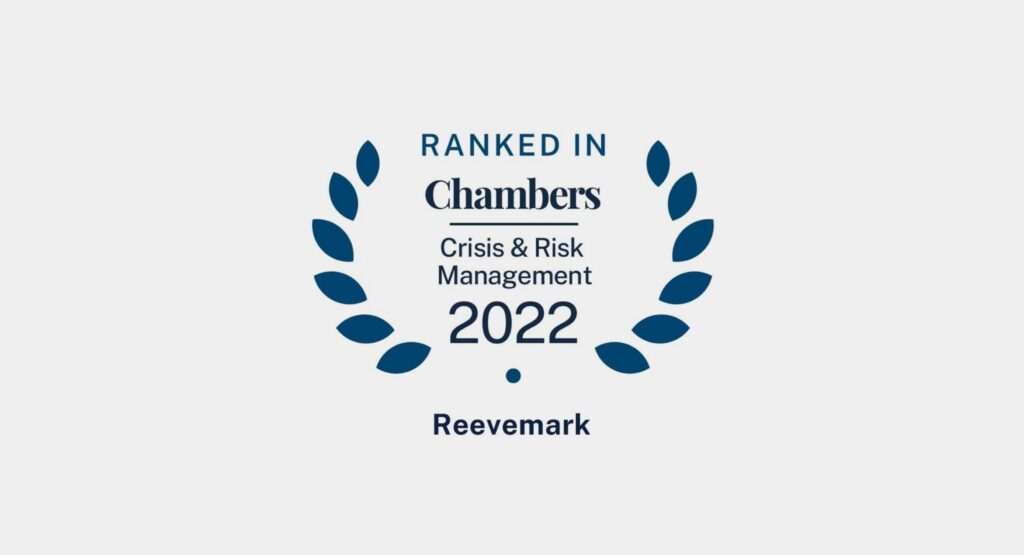Don’t Count Your Planes Before They Land
Communications in High-Stakes, Contested Situations Require Nuance and Long-Term Vision

In the throes of high-stakes situations, tensions – and tempers – can run high, and it is easy to overlook the long-term implications of statements that may feel satisfying in the short-term. The latest example – an awkward CNBC interview of two CEOs whose companies had just announced a merger after a hotly contested battle – made this all too clear. While the announced JetBlue-Spirit merger represents months of hard work and hopes to usher in a new era of air travel, past statements from Spirit about the lack of utility and feasibility of this combination are lingering in the market and could heighten the already steep hurdle of gaining regulatory approval. In fact, they could serve as a framework for opposition by a zealous Justice Department that has voiced an inclination towards challenging combinations of all sizes.
When navigating nuanced situations, it is important to keep a few things in mind:
Build bridges, don’t burn them. Hard-hitting tactics can persuade and motivate stakeholders – but a scorched earth communications strategy may jeopardize a company’s ability to achieve an outcome that ultimately makes the most sense for the business. In high-stakes matters like hostile M&A and shareholder activism, let cooler heads prevail. Be prepared to live with your statements being on the permanent record. Parties should, of course, advocate for their position, but leading with the positives – rather than overhyping the negatives – is advisable in a dynamic situation.
Don’t cut off your own path to success. While the rhetoric in contested situations can be fierce, don’t sacrifice the war to win a battle. Merger parties could change in the 11th hour or an activist with a seemingly off-base recommendation could end up on your board. By then, the plane has left the tarmac and there are no take backs. Instead, the communications playbook should plan for various contingencies at the outset and identify multiple paths to success. If a significant change in direction is taken, acknowledge it and have a multi-faceted, easy-to-explain rationale for this new destination.
Choose your battles wisely. Weigh the pros and cons of pursuing live public opportunities such as TV interviews or town halls – don’t do it just because “that’s how things are done.” A tough reporter in a live interview won’t be satisfied with the company line used in the press release, especially if it’s at odds with what has been communicated previously. And executives who aren’t properly prepared for the toughest Qs and don’t bring their A-game to interviews can deflate sentiment and stop momentum, or worse. No one likes to return to the gate. Prepare and test these strategies early and often so you are equipped to handle any turbulence. Sometimes it may be best to let your written or planned communications speak for themselves.
These situations are undoubtedly complex and difficult to navigate, which makes having an effective communications strategy all the more important. Above all, having a stress-tested playbook is critical – prepare for all contingencies so you aren’t caught without your luggage when you reach your destination.
Get in Touch
For more information about Reevemark or to inquire about a potential engagement, please send us an email.
Email Us


